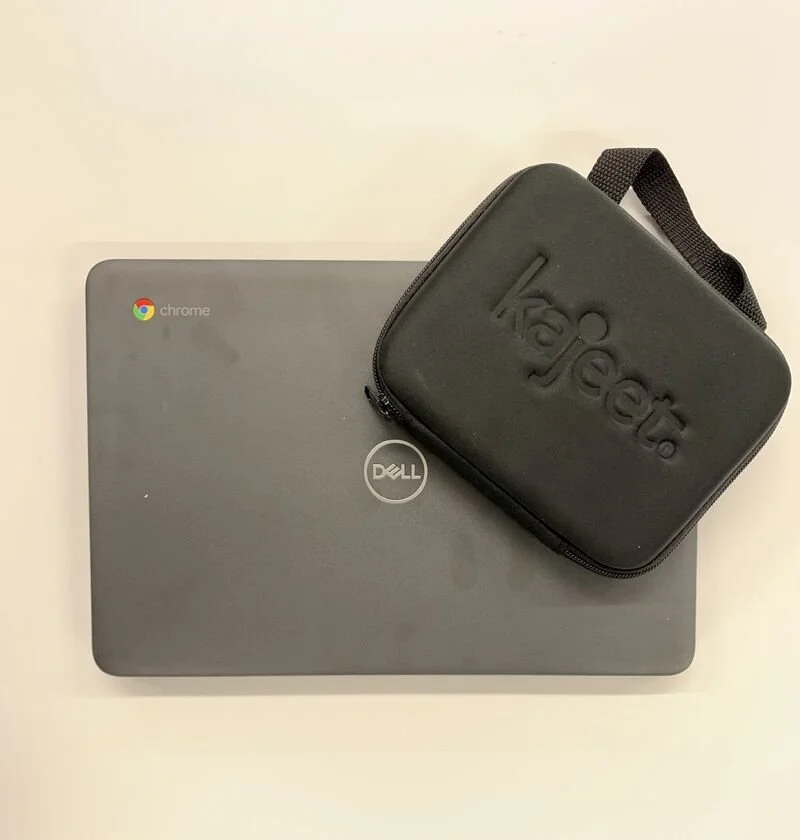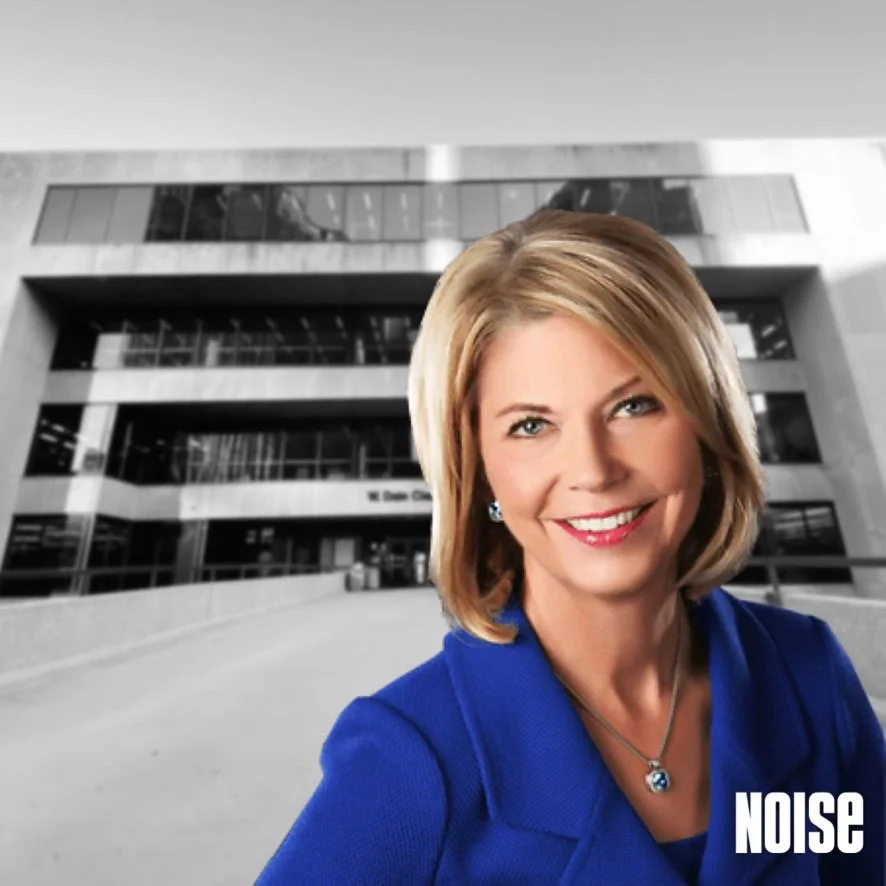Planning for Omaha’s New Library: A Librarian's Perspective
By Edwin C. Schroeder
The writer is the retired Director of the Beinecke Rare Book & Manuscript Library at Yale University
W. Dale Clark Library in downtown Omaha at sunset. Photo credit Kietryn Zychal
As a librarian and recent transplant to Omaha, it has been an eye-opening experience to learn about how decisions were made for the future of the Omaha Public Library.
My wife and I relocated to Omaha this past summer for her teaching position at the University of Nebraska Omaha, excited to explore a new part of the country. We decided to live downtown so that we could take advantage of the food, culture, the ability to walk and bike everywhere, and good public transportation to UNO. As I have slowly explored the city, its architecture and history, not surprisingly, I became a regular user of the Omaha Public Library.
Soon, I began seeing articles in newspapers and online news-sites about proposals to tear down the W. Dale Clark Library and distribute the collections elsewhere. It was difficult to learn more about the plans for the library. Although the recent announcement about the Mutual of Omaha headquarters and the streetcar line provided some background information, it also has distracted attention from the future of the library.
I would like to make four observations about the events of the past few months, followed by three suggestions to help Omaha residents feel a sense of ownership in their library.
“Equally frustrating is the perception that when the general public was asked for feedback, decisions had already been made. ”
First, the roll-out of the proposed plans was opaque at best. There were rumors on social media, articles in news sources hinting at opportunities and changes coming to the library, yet no clear statement about what was happening, why, how these changes would benefit the library and the residents of the city. Even now the decision-making process is unclear. What decisions were the responsibility of the Board (and what options did they actually have); what is the role of City Council; and what is the role of the Mayor’s Office? Throughout this process I have wondered, “Who is driving the bus?” Equally frustrating is the perception that when the general public was asked for feedback, decisions had already been made. The most recent example was a City Council hearing that was followed the next day by the announcement about the plans for the current site of the library. If feedback and comments are just pro forma, then why ask for it?
W. Dale Clark Library
Houses OPL’s main archive collection
Second, it is still unclear why the city has pushed such an aggressive timeline for moving the contents of the Clark Library to new locations by November. The move of dozens of staff and thousands of books, photographs, maps, etc. to different locations will take time to plan, orchestrate, and do right. It’s not a trivial task.
Third, there are more than just direct costs of the initial moves to Jones St. and the Shopko Plaza. There are significant indirect costs to the Library. Not only are staff and the Board expected to plan and execute the move to new temporary locations , they must develop workflows and procedures for the new locations, and create new programs with appropriate outreach at the new sites. In addition they will, hopefully, be asked to contribute to the planning for a new central library. This will impact not only the work at the proposed locations, but also activities at the branches.
Fourth, I would highlight that the planning process for the Library and its needs is backwards. The facility reports from 2010 and 2017 focus on the physical needs of the library system, with the Clark Library ranking fourth in the list of facility priorities. Normally, an organization identifies priorities and goals, and from that develops facility requirements. After all, you don’t want to construct a building that is obsolete soon after it opens. Related to this, the revised facility report was completed five years ago, before the pandemic. Like every other organization, OPL has had to think creatively and differently about its collections and programs. This should be reflected in future planning.
Despite the process to date, this situation also provides an opportunity for Omaha and the Omaha Public Library. In that spirit, I would like to offer three suggestions:
First, embrace the Omaha Public Library as a great resource for the city, its residents, and visitors. Although many folks highlight the library as a place to read and check out books, it is so much more. As noted in a presentation by staff at the January Board meeting, the library sees its mission as supporting the residents from birth through old age. In addition to traditional books, this includes providing access to online and digital materials, rare books, genealogies, maps, and photographs, and specialized collections such as the Seed Library. OPL offers a wide range of programs from story time, exhibitions, book groups, lectures, seminars (e.g. Omaha history, the use of technology), public readings, podcasts and more. Ideally, these collections and programs should be offered in first class facilities. Perhaps most exciting is that all of this is freely available to everyone. In this day and age, there are no other institutions that do this.
Images from the W. Dale Clark Library activities and archives. Credit OPL Flickr account
Second, the next steps for the library need to be clearly laid out. This includes a timeline, a feedback loop, and a clear understanding of the decision process and decision makers. For example, last week’s announcement for planning a new library stated that “all the stakeholders will decide whether the project will move forward” and then a project proposal will go to the Omaha Public Library Board of Trustees for approval. Who are the stakeholders? What is the role of the public, the ultimate stakeholders? Who is making the decision as to what is in and what is out; where should the central library facility be located; what is the overall budget and what are the priorities within the budget? Going back to my earlier comment, the central library planning needs to fit into a strategic plan for the entire Omaha Public Library system, including all of its branches. Although a new central library facility is exciting, for many people their local branch will remain “their library”.
“What should have been an exciting opportunity for the library to think creatively about its mission, has become bogged down in a lack of transparency, confusion about roles and decision-making, perceived threats to the OPL, and a cynicism that that although contributions and opinions from the public are said to be welcomed, that is not the case. ”
Third, communication has to improve. What should have been an exciting opportunity for the library to think creatively about its mission, has become bogged down in a lack of transparency, confusion about roles and decision-making, perceived threats to the OPL, and a cynicism that that although contributions and opinions from the public are said to be welcomed, that is not the case. There were hundreds of comments and ideas solicited at last fall’s strategic direction forums, but there is no evidence as to what, if anything, was done with the feedback. If there is a plan, there was no follow-up to let participants know what would happen next. As many folks know, communication is non-stop, two-way, and time consuming. The people of Omaha deserve to be fully engaged with the planning of the Omaha Public Library. For example, it is great that the new central library project website is now live, but it needs to be easily found with links from the OPL and Library Board website, from the City website, pushed through social media and public presentations. What are the plans for engaging the community in the planning, what about regular updates as to planning? The communication of this process needs to be proactive, reaching out to people at every branch; with updates not only at Board meetings; but also, with community groups who may not be aware of the library and its resources.
Finally about locations of a central library— I realize that 72nd and Dodge is geographically the center of Omaha, but it is not very accessible without a car. More than 10 bus lines serve downtown as opposed to only two serving 72nd and Dodge. In addition, there are few places that are less safe for bicyclists and pedestrians than 72nd and Dodge. Second, it is a shame that a building on the new mall is accessible to less than .1% of Omaha’s population. On the other hand a visionary library can not only be architecturally significant, but it can be available for everyone to enjoy and use, residents as well as visitors. Public space and buildings are for everyone, not just a select few.
I recognize that I’m new to Omaha, and that I’m still learning how things work here. But I would have hoped that the process was a more open one that involved members of the entire community. When I think of the Omaha Public Library, I would like to imagine a library that every resident of Omaha visits at least once a year (if not more), whether in person or online, where they are able to create new knowledge, making the city a better place to live.


















